MERRY CHRISTMAS · 30% OFF ALL COURSES
use code xmas on checkout
304
touchdesigner
Script SOP - Create Geometry tools.
about the course
This intensive class is for artists who want to learn the geometrical pipeline in TouchDesigner and build a Toolset using the Script SOP. The class includes theory and practical topics.
By the end, participants will understand how SOPs work and have a library of modeling tools. They will also learn Python scripting.
Course target
If you want to increase the level of your understanding of what is possible in the geometric context in TouchDesigner, missing your favorite nodes from other 3D Programs etc, you have a choice to get this course and solve these tasks.
All participants will get a full understanding of how the SOPs are working from the inside and will own a library of tools for modeling operations as well as a good understanding of Python scripting.
Time proven approach ...
We believe that our course's approach to teaching TouchDesigner is unique and effective in that we provide our students with a hands-on learning experience that allows them to experiment and create freely..
Our course material is structured in a way that is easy to understand.
TouchDesigner 304
GLSL or OpenGL Shading Language (GLSL), is a high-level shading language with a syntax based on the C programming language. Besides its use for creating 3D objects, it can be also used for generating textures and post-processing of video stream data.
In this course, we gather a lot of practical examples of creating generative graphics and effects. The course is adapted to TouchDesigner environment, but all the techniques and tips, included in the course program, can be used in other environments with minor changes.
Who is the course for?
for the Artists who want to deeply understand Geometrical pipeline of TouchDesigner.
Duration
3 weeks
Your skill level
Intermediate, Advanced
Software
TouchDesigner 2022
Video Duration
3.5 Hours
Format
Self-study
Who needs this
Motion Designers Media Artists 3D Artists VR / XR Producers NFT Artists Interactive Developers Designers
course format & materials
The course is completely prerecorded and includes 3 Hour 40 Minutes of video lessons
TouchDesigner projects available to download
For communication, we have a chat with and other participants.
There is also the folder containing additiona site-packages for TouchDeisgner Python installaton including scipy, matplotlib etc
Gallery
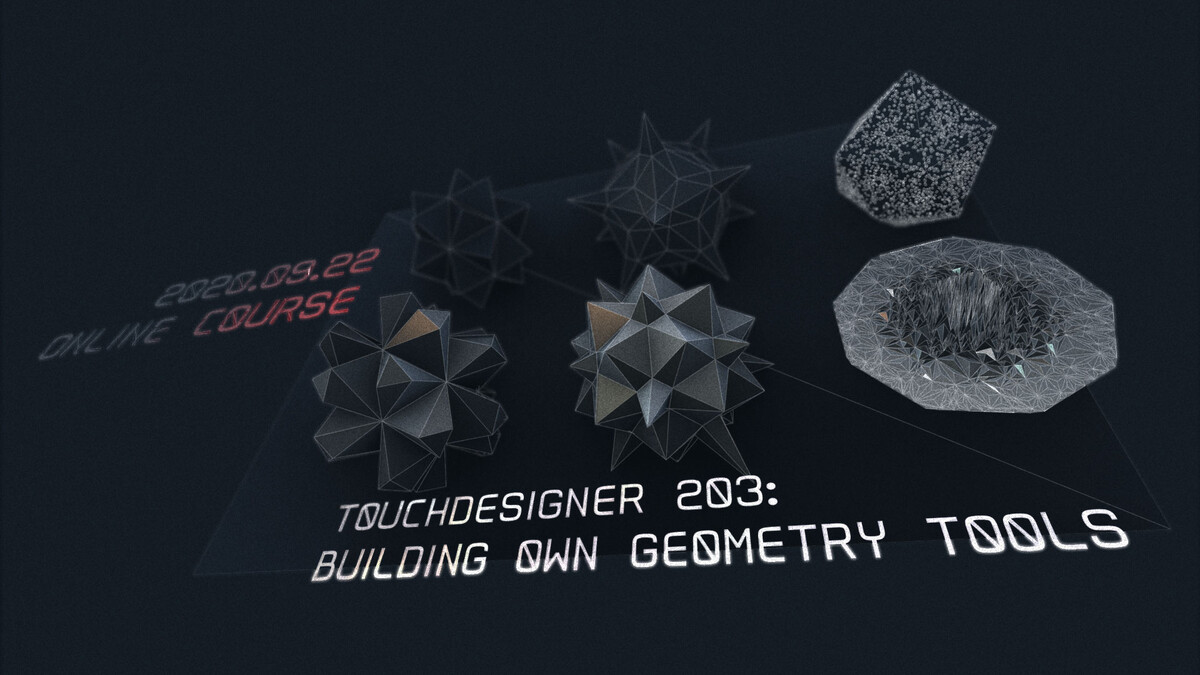
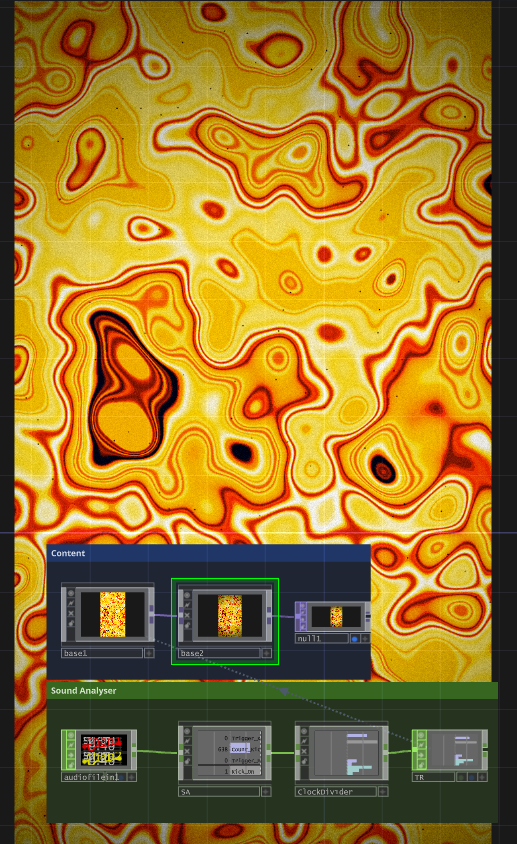


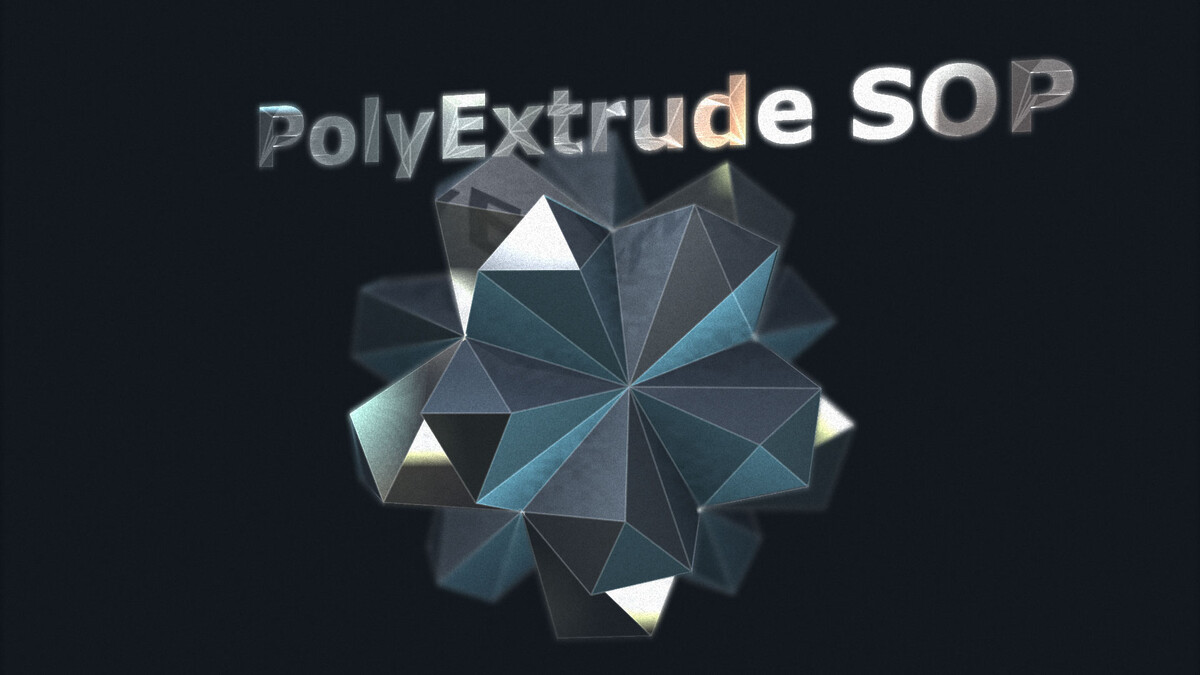
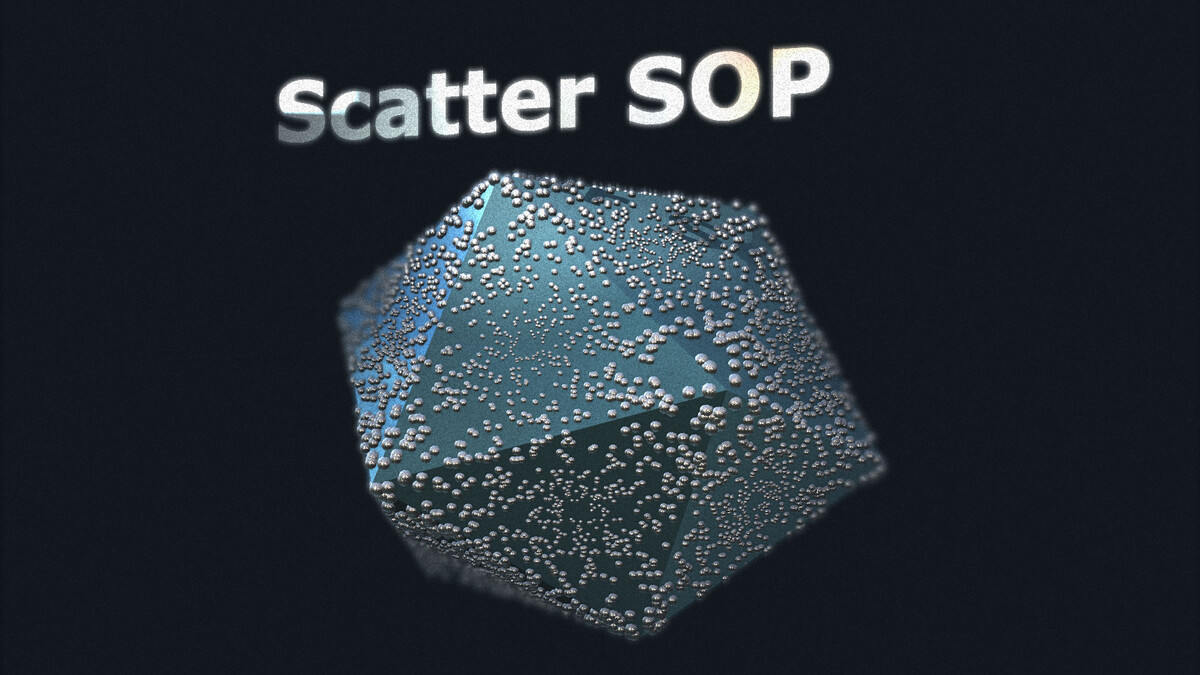
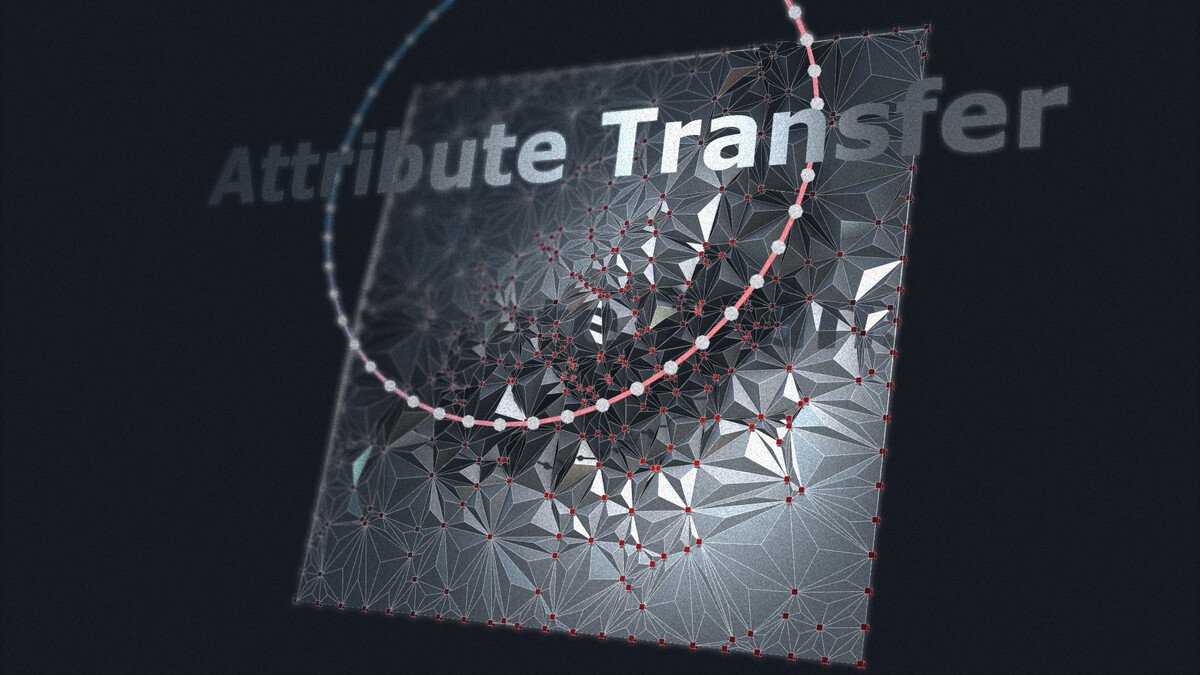


syllabus
Detailed course program
outcomes from the course
Deep understanding of Script SOP programming Workflow
You will be able to program custom nodes
You will understand how to install custom modules
You will be able to create Delaunay Triangulation and OpenCV algorithms
Team
We are a team of professionals ready to help you throughout the journey. Besides an ample technical expertise, each of us has an individual style and a unique vision to share with you.

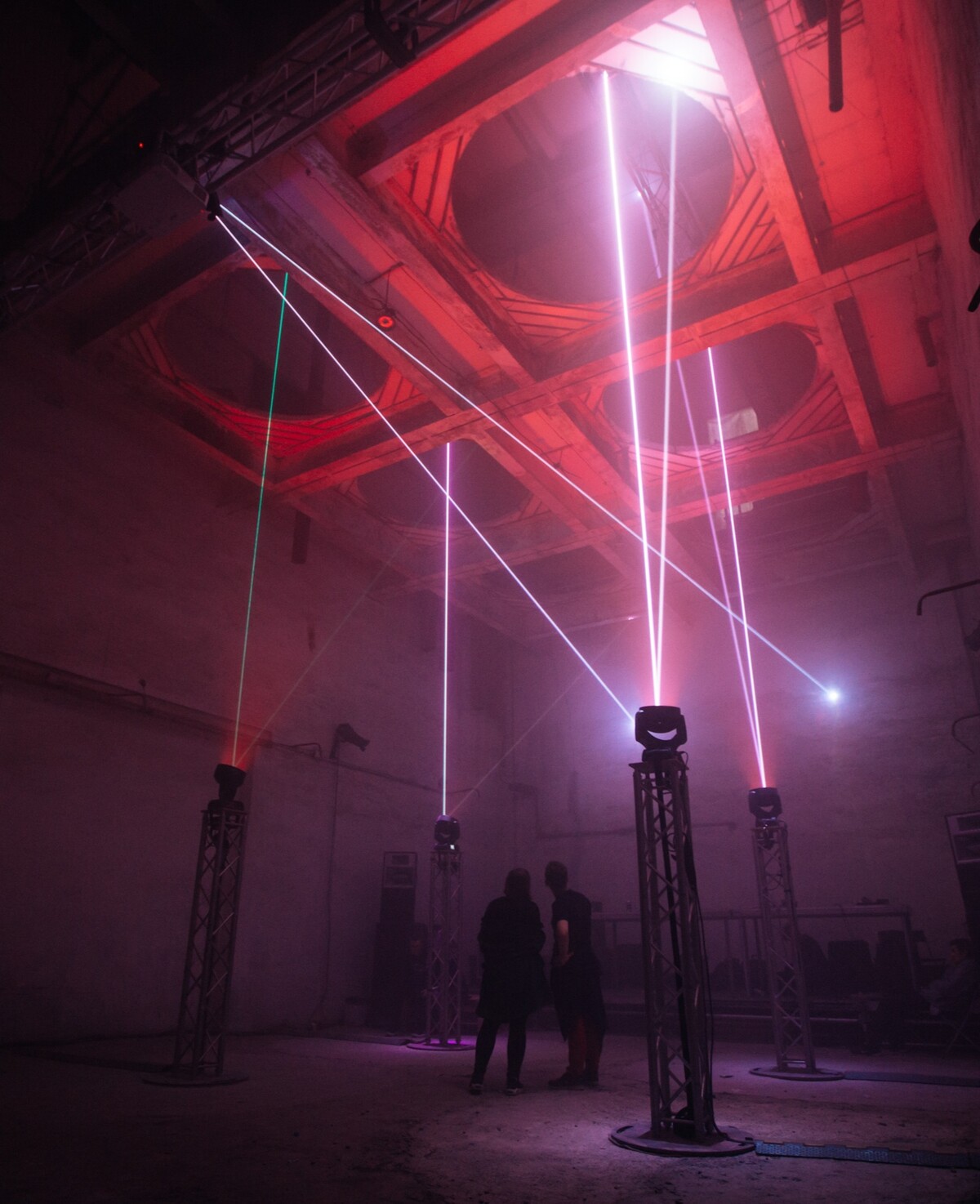
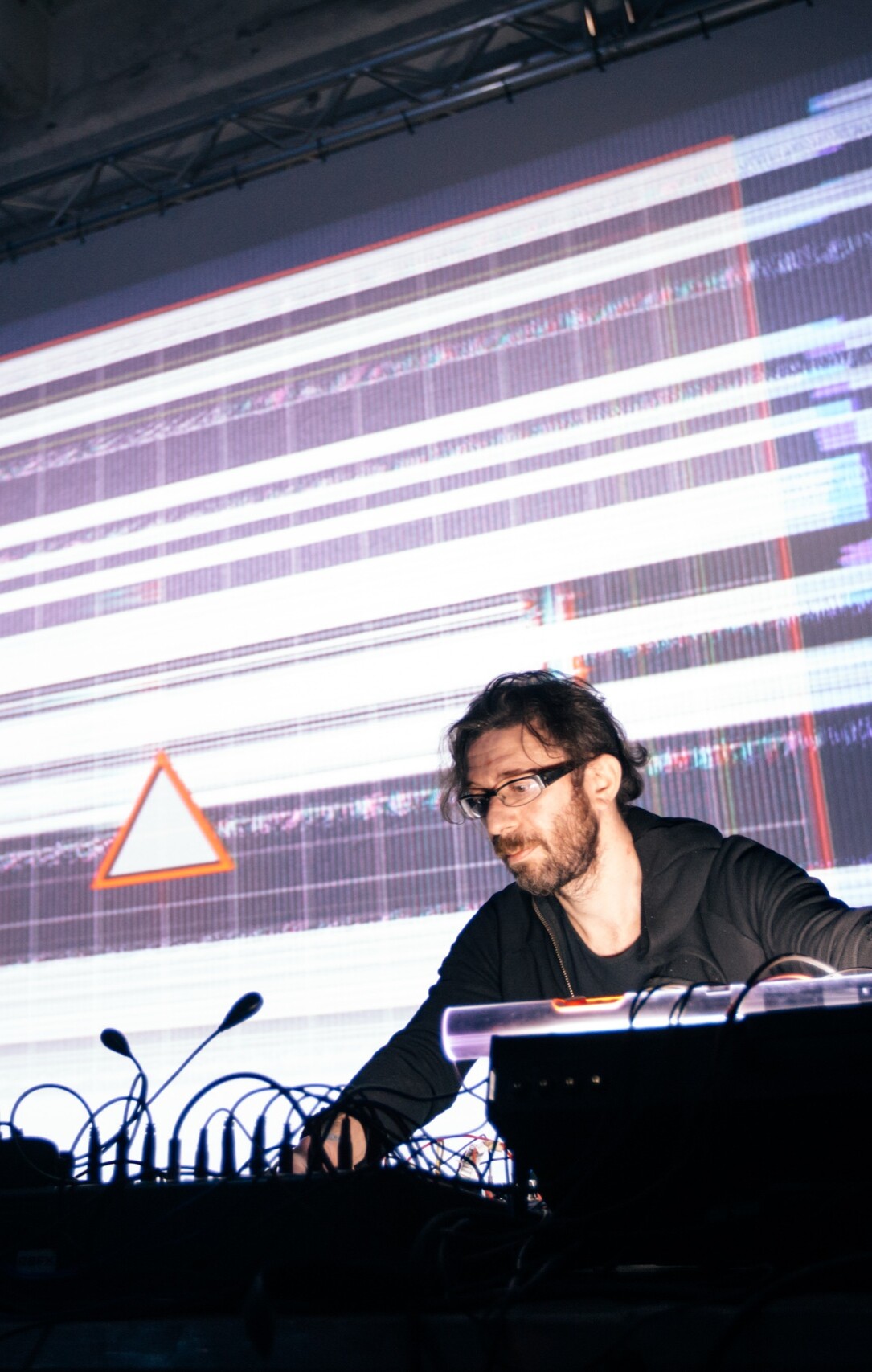
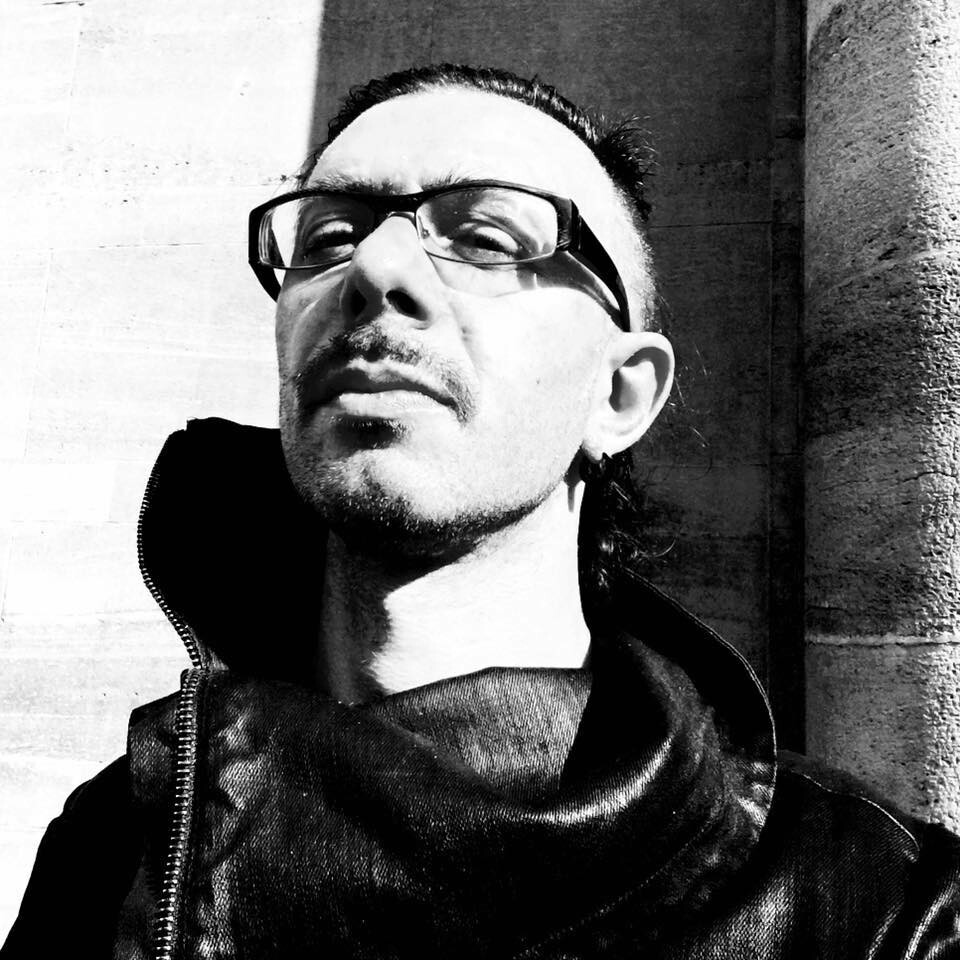
Instructor for TouchDesigner integration
STANISLAV GLAZOV
MEDIA ARTIST, EDUCATOR, COURSE AUTHOR
3D AND AUDIOVISUAL ARTIST WITH OVER 22 YEARS OF EXPERIENCE IN COMPUTER GRAPHICS AND 20 YEARS OF TEACHING EXPERIENCE
For more than 20 years, he has worked in light and visual art, seeking innovative opportunities where art and technology intersect. His installations and AV performances explore themes such as inner and social freedom, consciousness, identity, and loneliness in the modern world, using high-tech techniques.
Driven by his desire to create unforgettable experiences that inspire, he takes an individualized approach to each work, creating unique algorithms and synchronizing sound with visuals and digital shapes. He is also known for producing music with modular synthesizers and analog devices, influenced by industrial music, which combines noise, disharmony, and shamanism to take listeners on an intense emotional journey.
In 2013, he created his own generative design studio Licht.Pfad.
Creation of AV Performances in partnership with Dasha Rush, Robert Lippok
Performances at all the iconic festivals of the planet: Berlin Atonal, Mutek Montreal, Ars Electronica Linz, Unsound Festival in Krakow, Raster-Noton night in Berghain, Barbican London, Resonance Festival in Tokyo, Mira Festival Barcelona, L.E.V. Festival, Light Festival Lyon
Since 2016 - working on theater projects with Maxim Didenko, including the creation of media servers for various performances
255€
Got any questions left? We are happy to help! } } } } } } } } }
hou2touch 2025 (c)
go up ^ License Agreement go up ^ License Agreement RU Privacy Policy



